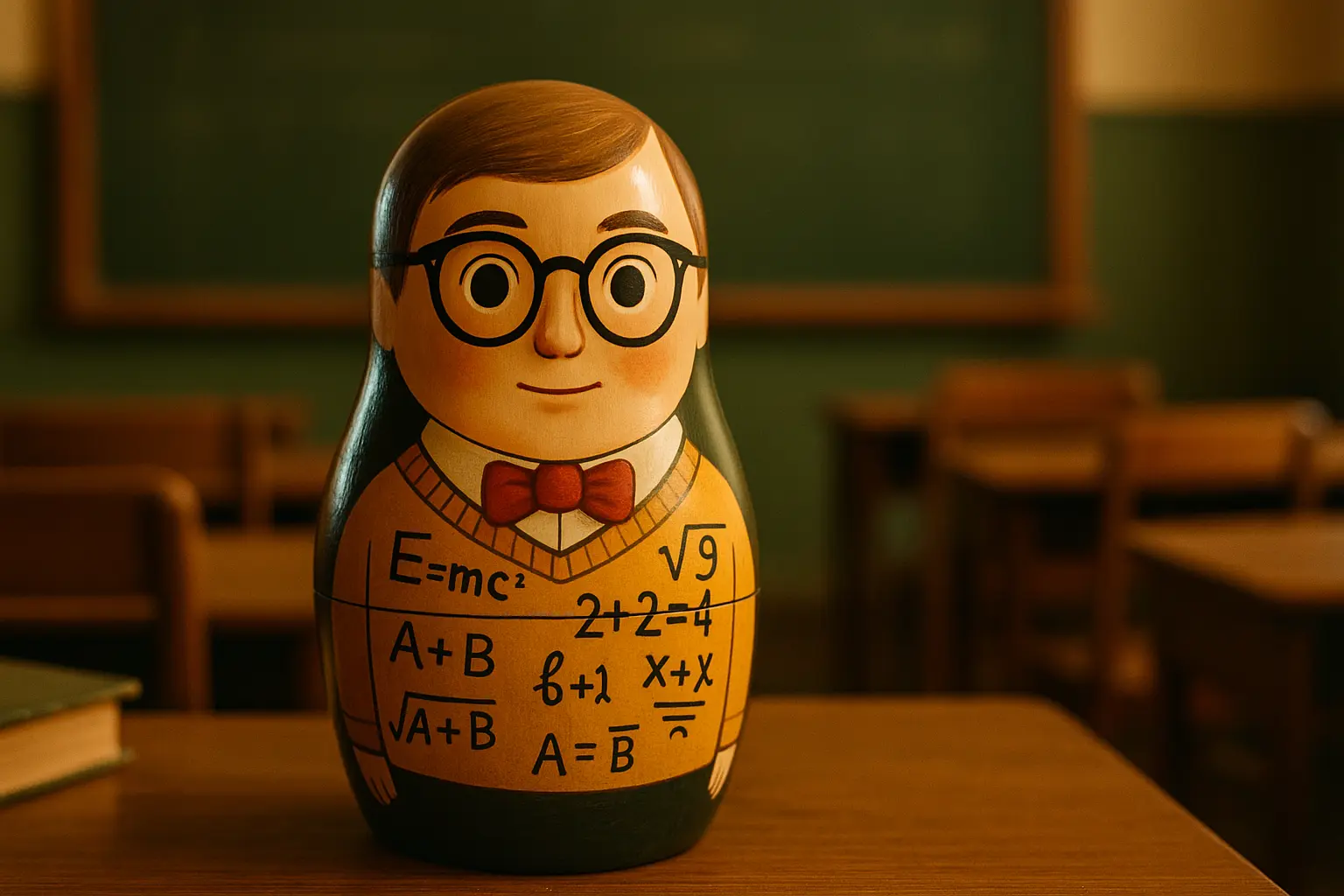In the race to build smarter AI, the mantra has often been “go big or go home.” Massive models with billions of parameters, trained on datasets the size of small libraries, have dominated the scene. But a new paper suggests that when it comes to solving tricky reasoning tasks, smaller might just be smarter. Titled “Less is More: Recursive Reasoning with Tiny Networks“, this work from Samsung SAIL Montréal introduces a compact model that’s rewriting the rules—and it’s doing so with a fraction of the resources. Let’s unpack what this means for the future of AI, with just a dash of wit.
The Tiny Model That Could
Meet the Tiny Recursive Model (TRM), a 7-million-parameter network that’s about as minimalist as it gets—two layers deep, trained on a modest dataset of roughly 1,000 examples. While large language models (LLMs) flex their trillion-parameter muscles, TRM keeps it lean, using recursion to think through problems multiple times (up to 16, to be exact). It’s like a student double-checking their math homework, refining answers with each pass. Built on a simple multilayer perceptron (MLP) or attention framework, TRM skips the complexity of its predecessor, the Hierarchical Reasoning Model (HRM), and uses techniques like exponential moving averages and deep supervision to stay stable and avoid overfitting.
The results are impressive. On tough tasks like extreme Sudoku, TRM scores 87% accuracy, leaving HRM’s 55% and LLMs like DeepSeek R1 (at 0%) in the dust. It solves 85% of 30×30 mazes, where bigger models stumble. And on the ARC-AGI benchmark—a puzzle set that’s notoriously tough for AI but child’s play for humans—TRM hits 45% on the first set and 8% on the second, outperforming giants like Gemini 2.5 Pro and o3-mini with less than 0.01% of their parameters. It’s proof that small can be mighty when you work smarter, not harder.
Why This Matters
This paper challenges the idea that bigger models are always better. For tasks requiring sharp reasoning and sparse data, TRM’s efficiency shines. Its recursive approach mimics deeper thinking without the computational baggage of stacking layers, making it ideal for resource-constrained settings like smartphones or IoT devices. Imagine AI-powered tools running smoothly on your phone, solving problems without needing a cloud server the size of a warehouse.
There’s also a sustainability angle. Training massive models burns through energy like nobody’s business, but TRM’s tiny footprint could mean greener AI. Plus, its success on benchmarks like ARC-AGI hints that recursive, lightweight models might unlock human-like reasoning without the need for endless scaling. That said, the paper notes limitations: MLPs work best for smaller puzzles, while attention mechanisms handle larger ones, and we still need to understand how recursion scales long-term.
The Takeaway: Less Can Be More
This research is a reminder that innovation doesn’t always mean piling on more. By focusing on recursion and clever training, TRM shows that small models can tackle big problems—sometimes better than their oversized rivals. It’s a step toward AI that’s efficient, accessible, and maybe even a little humbler. So, the next time someone brags about their trillion-parameter model, just smile and point to the tiny network quietly solving puzzles in the corner.
What’s your take? Are compact models the future, or is scale still king? Let’s hear your thoughts.

Leave a Reply